Catherine I
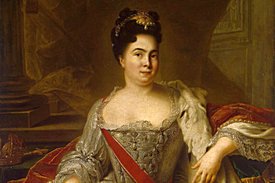
Born: ?, 5 (15) April 1684
Died: St. Petersburg, 6 (17) May 1727
Reigned: 1725-1727
Although he had conducted reforms in practically all areas of Russian life, Peter the Great had nonetheless set a time bomb under the procedure for succession to the Russian throne. Aftershocks of this reform resulted in a kaleidoscopic change of rulers in the second quarter of the eighteenth century (dubbed the "Era of Palace Coups"), and also in the so-called "Petticoat Reigns" - a rare phenomenon, in which Russia was ruled by women for the greater part of the eighteenth century. Until this time, a woman monarch had been an extremely rare occurrence in Russia: Only Princess Olga (Prince Igor's widow) and Princess Sofia, who served as sovereign regent for the young Tsars Ivan and Peter, had albeit briefly held ultimate power in the country.
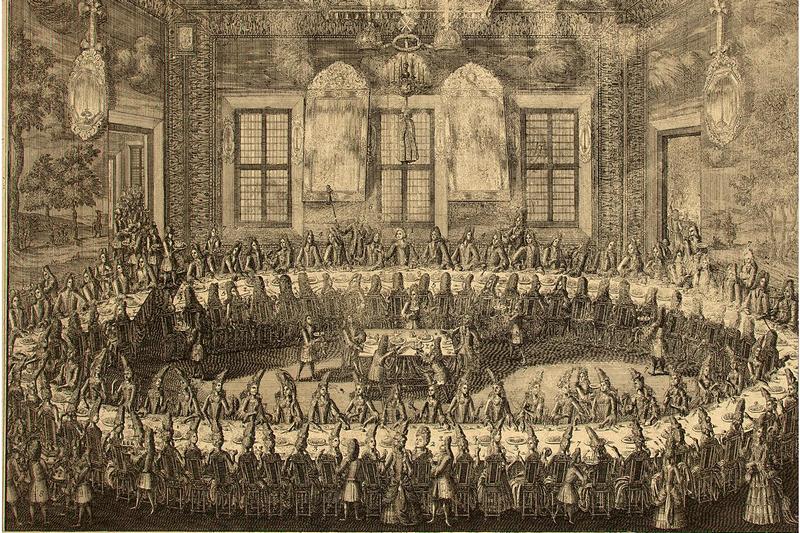
Inasmuch as Russia had been declared an empire in 1721, the first Russian Empress was Catherine I, the widow of Peter the Great. Fearing that his son Alexey, who viewed his father's reforming interests and endeavours with little warmth, might come to power, Peter took preventative action and issued a law stating that the ruling monarch could himself appoint his successor. Peter originally planned to give the throne to his wife, Catherine, but after quarrelling with her, he ripped up the will, and thus when he died at the beginning of 1725, no official heir had been named. The most influential nobles, led by the all-powerful Prince Menshikov, took advantage of the situation to place Catherine on the throne, bypassing Peter's grandson, also called Peter. Thus, at the head of Russia stood an ambitious women who had never received a systematic education and was hardly able to sign her name on orders and official documents. How did she end up on the Russian throne?
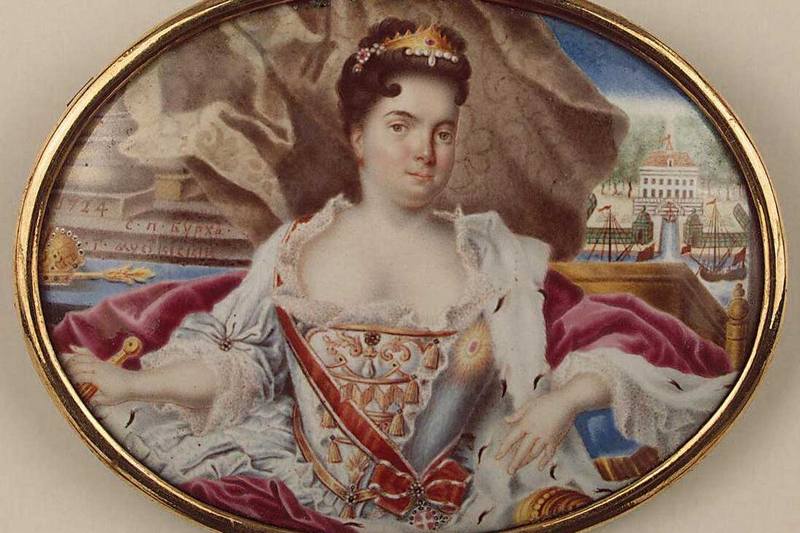
Information about the early years of Catherine's life is extremely garbled, in part due to her own lack of knowledge about her family history, and in part due to attempts to create a fictitious biography for her that would be worthy of the wife of the Emperor of All Russia. It is generally accepted that she was originally named Marta Skavronskaya, that her parents died of the plague around 1689, and that at the age of three, Marta was taken in and raised by a Lutheran pastor.
At seventeen, she married a Swedish dragoon serving in the city of Marienburg in Livonia, but shortly thereafter Russian troops led by Field Marshal Boris Sheremetev besieged the town during the Northern War between Sweden and Russia, and Marta was taken captive. At first she lived in Sheremetev's home, and thereafter in the home of Alexander Menshikov, the Tsar's closest confidant. It was here that Peter the Great met her for the first time.
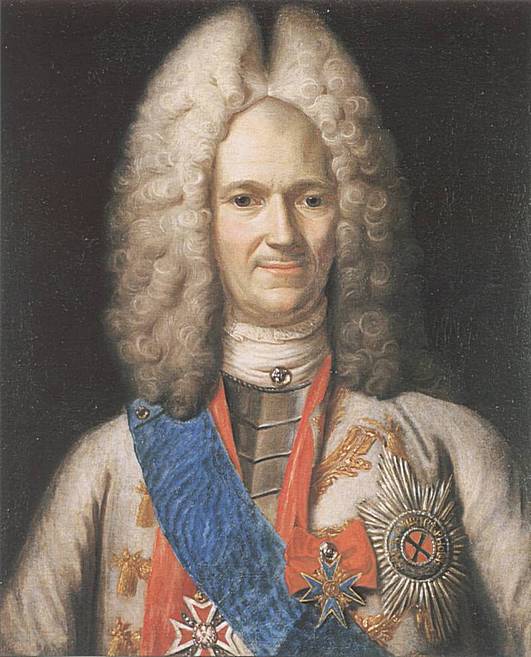
The Russian Tsar was already married, but unhappily so, and gradually he fell in love with the young and attractive Marta. Marta accepted the Russian Orthodox faith, and received the name Catherine upon baptism. Starting in 1709, she accompanied Peter on his many trips and excursions and in 1712 they married. Peter had shortly before divorced his first wife, Eudoxia Lopukhina, who was sent off to a convent. In 1717 Catherine was declared Sovereign, and in 1721, Empress. Peter began suffering from urological problems and severe headaches. Contemporaries noted that only Catherine could find the soothing words that eased the Tsar's pains. Falling asleep with his head on her lap, the powerful Tsar might sleep for a few hours and then awake refreshed and with renewed vigor.
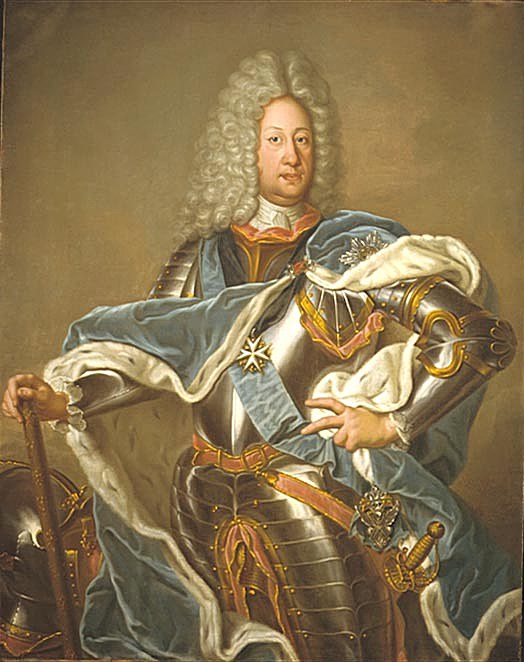
Catherine and Peter had eleven children together, the majority of whom died in early childhood, and only Anna, who married the Duke of Holstein, and Elizabeth, who was crowned Empress in 1741, survived to adulthood. After the death of Peter, Catherine ascended to the Russian throne, but due to her lack of education, she paid little attention to state affairs, although she advocated the continuation of Peter's policies. Nonetheless, actual politics often differs widely from plans. If Russia's foreign policy attempted to follow the guidelines set by Peter the Great by turning to the west and by increasing its influence in Europe (the battle for the unification of Schleswig and Holstein and the placement of a Russian puppet on the Courland throne), then in domestic policy, many of Peter's reforms were stalled or corrupted. The Supreme Privy Council, established by Prince Menshikov and consisting of the most powerful nobles, took over the daily management of the country. Soon Catherine's health declined, and in 1727 she died, having earlier declared Peter's grandson, the future Peter II, as her heir.
Catherine I is buried in the Peter and Paul Cathedral next to her husband.

